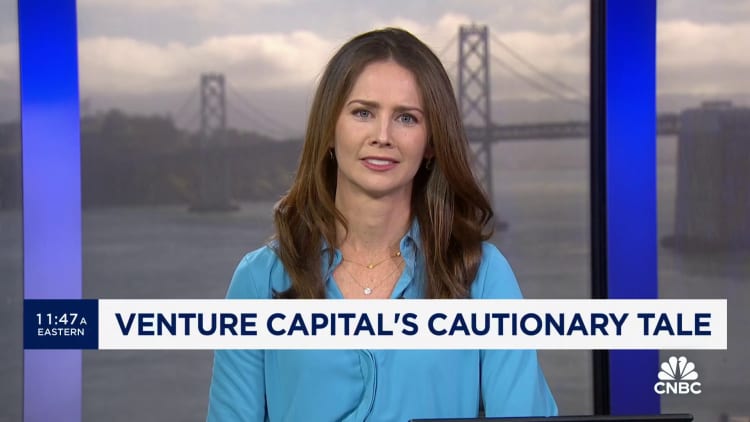Inflation rose about as expected in April, according to a measure released Friday that is closely tracked by the Federal Reserve, and markets are uncertain about when interest rates might fall.
The price index of personal consumption expenditures excluding food and energy costs rose just 0.2% in the period, in line with the Dow Jones estimate, the Commerce Department reported.
On an annual basis, core PCE rose 2.8%, or 0.1 percentage points above estimate.
Including the volatile food and energy category, PCE inflation was 2.7% on an annual basis and 0.3% month-on-month. These numbers were in line with forecasts.
Fed officials prefer the PCE reading to the more closely tracked consumer price index compiled by the Labor Department. The Commerce Department’s metric takes into account changes in consumer behavior, such as substituting cheaper items for more expensive alternatives, and has a broader scope than the CPI.
“The core index was 2.8%. That’s fine, but it’s been in a range for five months and that’s pretty sticking with me,” said Dan North, lead North America economist at Allianz Trade. “If I [Fed Chair Jerome] Powell, I would like it to come down slowly, and it’s hardly gradual. …I’m not reaching for the Pepto yet, but I’m not feeling well. This is not what you want to see.
A 1.2% increase in energy prices helped fuel the overall increase. Food prices recorded a month-on-month decline of 0.2%.
Goods prices rose 0.2% while services prices rose 0.3%. This continued the normalization trend in an economy where services and consumption provide much of the fuel.
In addition to inflation, Friday’s release also included data on income and spending.
Personal income rose 0.3% month-on-month, in line with the estimate, while spending rose just 0.2%, below the 0.4% estimate and above March’s downwardly revised 0.7% . Adjusted for inflation, spending showed a decline of 0.1%, largely due to a 0.4% decline in spending on goods and only a 0.1% increase in spending on services.
Market reaction following the release saw futures tied to major stock prices rise while Treasury yields fell.
“The PCE price index did not show much progress in inflation, but neither did it show any regression. Based on the initial reaction in equity index futures, the market will largely view this positively,” said Chris Larkin, managing director of trading and investing for Morgan Stanley’s E-Trade.
“However, investors need to remain patient,” he added. “The Fed has indicated that it will take more than a month of favorable data to confirm that inflation is falling reliably again. Therefore, there is still no reason to believe that a first rate cut will occur earlier than September.”
With higher-than-expected inflation data, central bank officials have called for a cautious approach. This means they are less likely to cut rates any time soon.
Most recently, New York Fed President John Williams said Thursday that while he was confident inflation would continue to decline, prices were still too high and he did not see sufficient progress toward the 2 percent annual target the Fed.
Markets have scaled back their expectations of interest rate cuts this year. Prices on Friday morning suggested the first move likely won’t come until November, at the Fed meeting that ends two days after the presidential election.
Source link
2024-05-31 14:25:03
www.cnbc.com
















